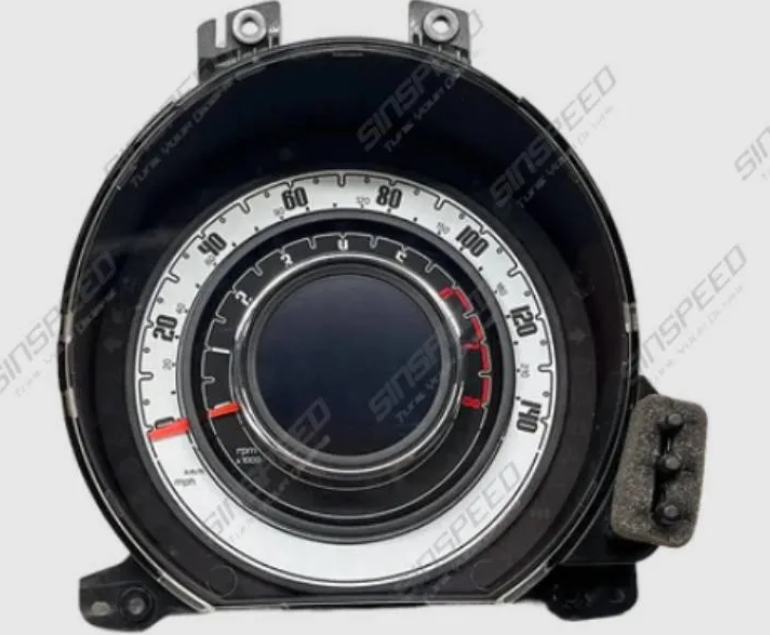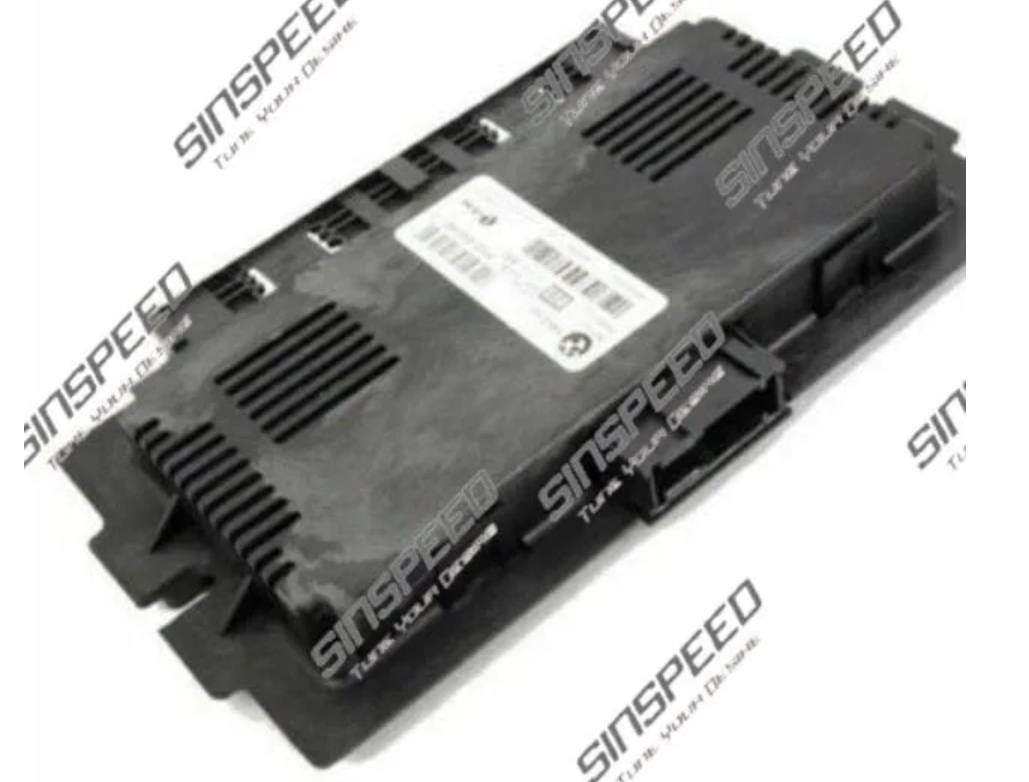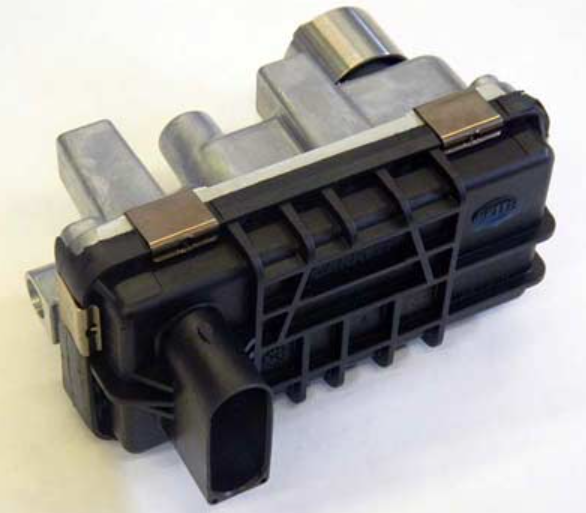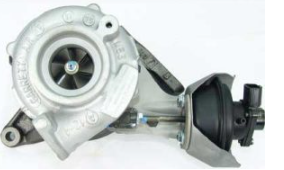In the past century, the evolution of car performance systems have radically changed the experience of driving, racing and operating cars. Since the invention of mechanical engines and until the electronic platforms, vehicle performance technologies have improved to provide faster, safer and more effective automobiles. In this article, we’ll see how such systems have changed over time, with a particular focus on how engine technologies, transmissions, suspension and electronic controls have revolutionized the way we drive.
1. Early Mechanical Systems: The Backbone of Performance.
The first cars were little more than machinations, with simple motors and crude transmissions. Early cars such as the Model T had low-horsepower four-cylinders and manual transmissions. These cars were more of a matter of utility and efficiency than power. Handling and acceleration came after all – as the aim was to create a car that would be able to ferry human beings between A and B.
Engine Building: Pre-modern engines, for instance, were clunky, giving out single digit horsepower numbers. These machines used simple carburetors to mix fuel and air, and ignitions were mechanical.
Transmissions: Earlier manual transmissions were uncomplicated and not synchronised, and gear change was labour intensive. Drivers had to "double-clutch" so the engine could keep up with the transmission.
These vehicles were avant-garde, but they didn’t incorporate performance systems that meant that going fast or traversing a challenging terrain were limited to technological capability.
2. The Muscle Car Age: Crunching Power in the Back Row
The muscle car came along in the 1960s and ’70s, introducing vehicle performance at an accelerated pace. The automobile industry started to put an emphasis on engines, building larger, stronger V8 engines that produced a ton of power. Speed, acceleration and aggressive design was the new direction of the muscle car era, and for consumers performance became their biggest competitive selling point.
High Performance Motors: Street muscle cars such as the Ford Mustang, Chevrolet Camaro, and Dodge Charger used V8 engines that put out more than 300 horsepower at the time. Such engines were generally large in displacement, cooled by carburetors, and fed through multiple barrel intakes to provide more air and more power.
Transmission Upgrades: Manual transmissions got better and better, with the introduction of synchronized gearboxes to make shifting even more efficient and responsive. In high-powered cars, four-speed and eventually five-speed manuals emerged for better acceleration and higher top speeds as well.
Poor Tech: They whipped along at considerable straight-line speed, though handling and braking were by then very poor. Simple suspensions and drum brakes made these monsters hard to steer around the corners at speed and limited on the inside of corners.
It was the raw power of the muscle car age, though a long list of innovations were needed to make it handling, safer and more efficient in the aggregate.
3. Electronic Controls and Engine Management — The Digital Revolution
The 1980s and ’90s saw the start of a technology revolution in car performance systems. As electronic control units (ECUs) were released, cars grew more intelligent and efficient in real-time. It was the decade that computers entered the car, revolutionising control over engines, transmissions and other mechanical systems.
Fuel Injection Systems: Electronic fuel injection (EFI) systems replaced carburetors, giving better control over the air-fuel mixture. This enhanced performance and fuel economy while reducing emissions. EFI systems made engines responsive and more mobile to various driving conditions.
Electronic Ignition and Timing: Electronic ignition made the timing of sparks more reliable for efficient combustion and fuel economy. Engine management systems would be able to adjust ignition timing in response to engine speed and ambient temperature, which will enhance both performance and reliability.
Transmission Advances: The use of automatic transmissions with electronic assistance provided for more fluid shifting and better efficiency in many kinds of driving. This was also the era of performance transmissions such as the dual-clutch transmission which made the shifting feel more quick without losing power.
The digital revolution brought a whole new realm of tuning, wherein car makers controlled engine power, transmission shift and even suspension using onboard computers.
4.The Contemporary Period: Technological, High-End, High-Technology
Automotives are filled with advanced technologies that optimize performance and focuses on safety, comfort, and fuel efficiency. Intelligent electronics, computer-based systems and lightweight materials have paved the way for cars to perform in ways never before possible.
Turbocharging and Forced Induction: Engine efficiency and power gains from turbochargers and superchargers are used by the modern automobile on a more and more regular basis. Because these devices reduce intake air volume, they help engine to produce more power without requiring increased displacement. That’s to say, that even small engines provide decent horsepower without the need to use a lot of fuel.
Active Suspension: Advanced automobiles usually have adaptive or active suspension that modulates to driver’s driving habits. These are systems that adjust suspension via sensors and computers in real time, increasing handling and comfort. Automobiles such as the Tesla Model S and Porsche 911 are equipped with terrain- and driving-specific systems that allow the driver to exercise greater control.
Modern Transmission: Today, we have continuously variable transmissions (CVTs), dual clutch transmissions (DCTs) and high-tech automatic gearboxes for maximum performance without compromising on efficiency. On race cars, DCTs produce extremely fast shifts, providing acceleration and dynamics.
ESC: Today's performance packages also include safety systems such as ESC and traction control. These devices, along with the car’s internal computers, maintain the vehicle in place when cornering, braking or making a evasive move, which enhances performance and safety.
5. The Future: Electric Power and Self-Managing Systems.
It’s no longer going to take decades before the vehicle becomes electrified and driverless. EVs are shaking the performance world by offering instant torque, quicker acceleration, and high top speeds, all without the internal combustion engine.
Motors – Electric: EVs, like Teslas, have a higher acceleration than most gas-guzzling supercars, and it’s thanks to electric motors providing instantaneous torque. The reliability of electric motors also makes transmission systems simpler, allowing for more reliable power delivery.
Autonomous Driving Systems: Although driver performance has always been a question of driving ability, the next step in car performance could be automated systems. Autonomous systems are being designed to give optimum results in the form of one-second acceleration, braking and handling improvements, and might one day outperform human motorists on a racetrack or high-speed track.
Conclusion
The development of automobile performance systems has been unsurpassed, moving from basic mechanical rigs to super sophisticated, computer-driven devices that balance efficiency, torque and security. With auto moving towards electrification and driverless capabilities, we can expect even greater things in performance optimization in the future to build on the legacy of innovation that’s been propelling automotive life forward for more than a century.









Write a comment ...